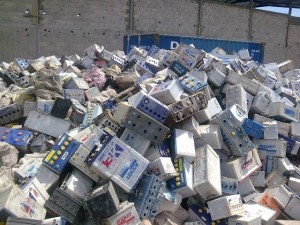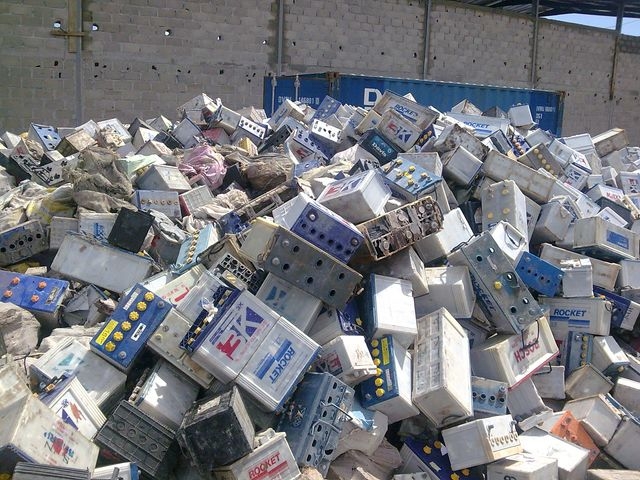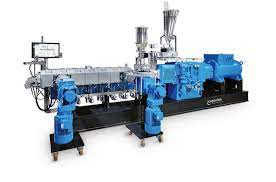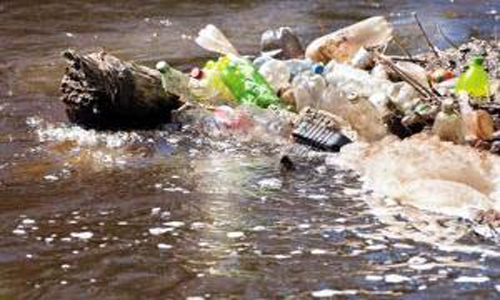
EIJING: China Ministry of Industry and Information Technology (MIIT) and Ministry of Environmental Protection (MEP) have co-distributed the “Provisional Measures for Administration of Entry Conditions of the Lead Acid Battery”. This is an important supporting document for the former released regulation the “Entry Conditions of the Lead Acid Battery”. The “Entry Condition” is China’s very first national-level regulation regarding the manufacturing of lead acid battery, aiming to further intensify the management of battery industry after a sequence of related administrative guidance and actions. See the below table for more details.
Recent regulations established in China for lead acid battery industry:
|
Time |
Regulation |
Keynote |
|
26 Nov 2010 |
Comprehensive Prevention Plan of Heavy Metal Pollution in Battery Industry (Draft) | By 2015, 1) the battery industrial consumptions of mercury and cadmium decreased by 80% and 70%; 2) over 30% of the sized enterprises adopted sophisticated cleaner production techniques |
|
18 Feb 2011 |
“Twelfth Five-year Plan of the Heavy Metal Comprehensive Prevention and Control | By 2015, 1) for the key regions, the pollutant discharge volume decreased by 15%; 2) for other regions, the pollutant discharge volume should be kept under the level of year 2007. |
|
11 May 2011 |
Announcement regarding Pollution Prevention of Lead Acid Battery and Recycled Lead | Strengthen environmental entry conditions; establish lifelong accountability system for heavy metal pollution |
|
11 May 2012 |
Entry Conditions of the Lead Acid Battery | By 31 Dec 2013, annual productivity of the existing lead acid need to exceed 200,000 kvAh; From 11 May 2012, prohibit manufacturing proposals of lead acid battery and its relevant parts with the following content: cadmium volume exceeds 0.002% or arsenic volume exceeds 0.1%. |
|
29 Nov 2012 |
Provisional Measures for Administration of Entry Conditions of the Lead Acid Battery | Consist of 1) General Principles; 2) Eligibility; 3) Approval Process; 4) Supervision and Management; 5) Appendix |
Despite the Provisional Measures for Administration, the MIIT has also released a document with interpretation and Q&A of the “Entry Conditions of the Lead Acid Battery” to aid the implementation of the regulation. This supporting document has elaborated the rationale and necessity of establishing the regulation. In the Q&A section, official explanations are given to the corresponding 41 key issues specified in the “Entry Conditions”.
The lead acid battery manufacturing is considered to be responsible for the recent frequent incidences of excessive blood lead level in China. Therefore, the government has imposed a number of restraints to control the chaotic development of the lead acid battery industry, including the severest reduction of tax rebate from 13% to 0% and strict-ever complete inspection throughout the whole industry. Based on the latest statistics released, over 81% of the lead acid battery enterprises were closed down, and only 315 manufactories have maintained normal production.
In spite of this, some experts call for more active moves regarding the existing lead pollution problem. The government may centralize mining and refining of the lead ore in order to effectively control lead usage from the source, proposed by Yang Yusheng, the academician of the Chinese Academy of Engineering. Besides, as can be learned from the developed regions, more support should be given to the research on new production technology for lead acid battery, Yang Yusheng added.








